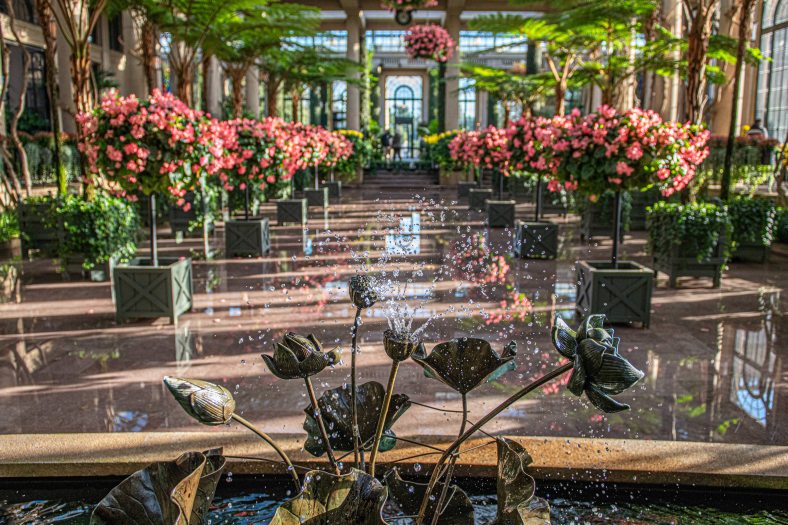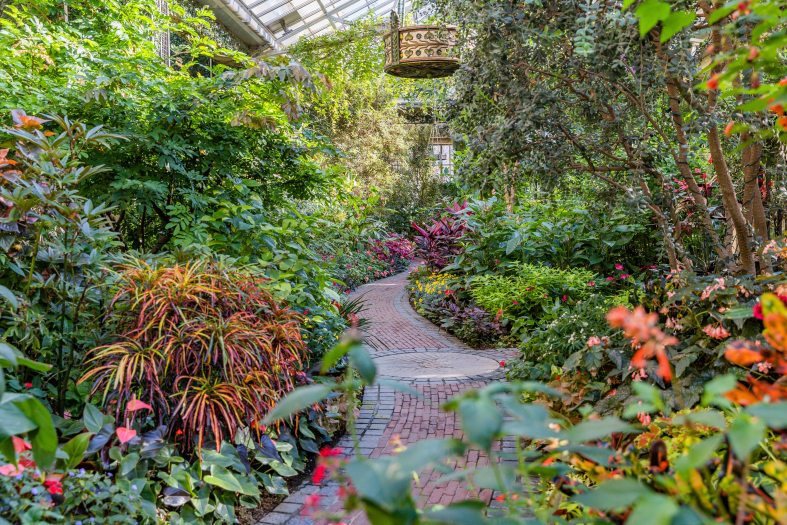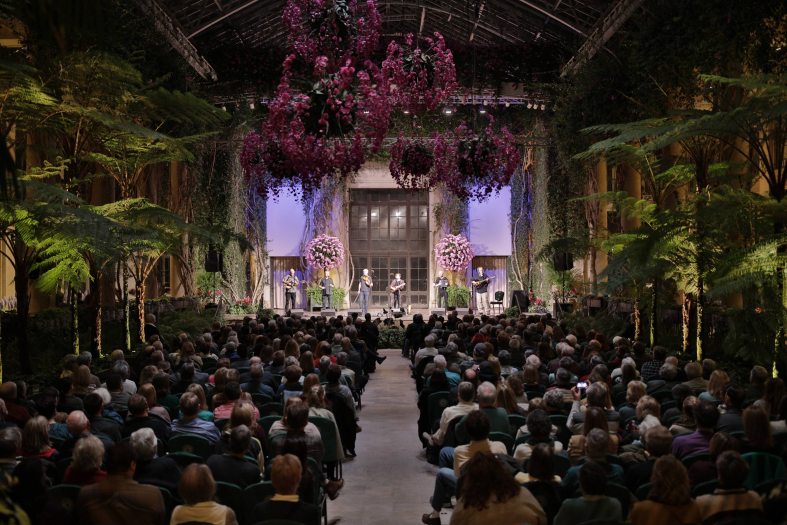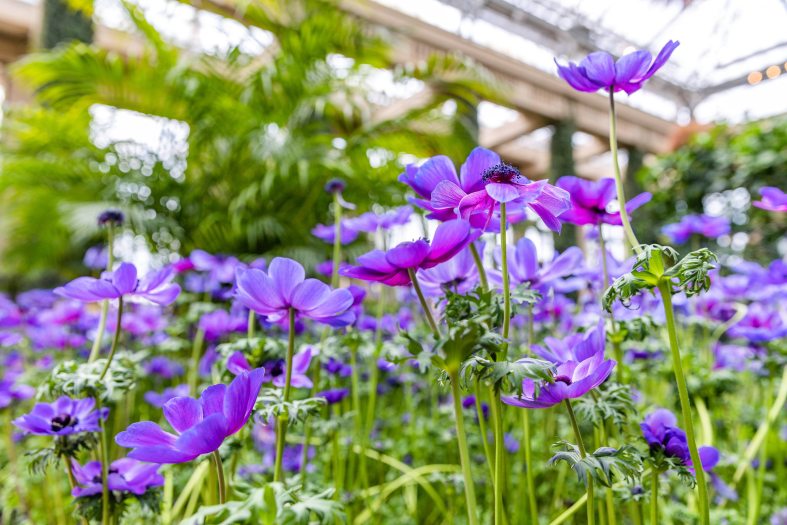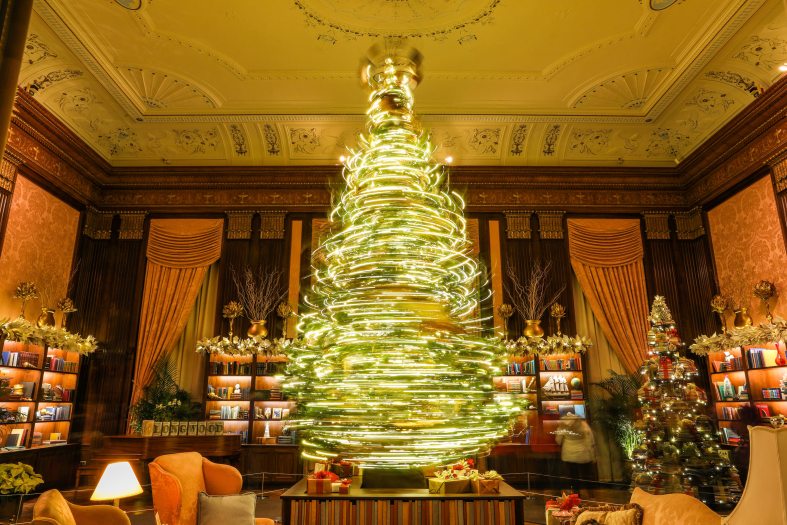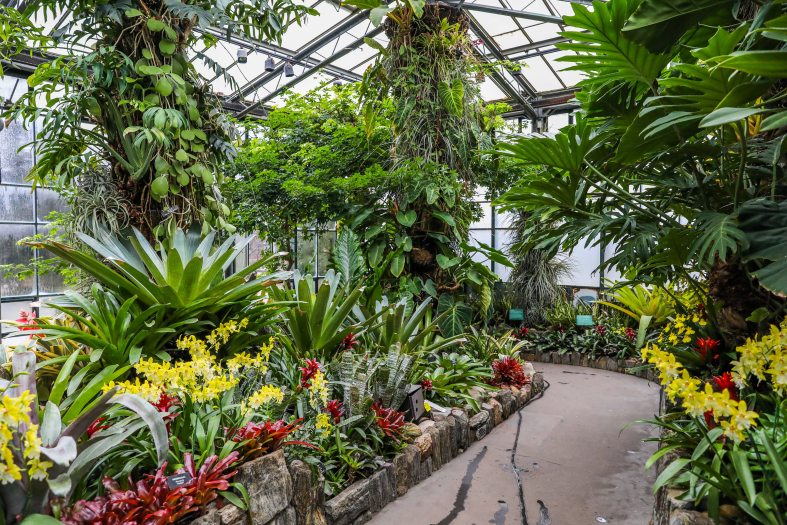The Conservatory District— the jewel of Longwood Gardens—features a series of intimate, breathtaking rooms that harmonize the beauty of 19th-century classical architecture to horticultural displays both formal and contemporary.
About This District
Wander through wondrous spaces under acres of glass, taking in the sweeping views of lush foliage and a kaleidoscope of color. Witness the beauty of otherworldly plant species, some of which have been with us since the Conservatory’s 1921 debut. Allow yourself plenty of time to linger, explore, and marvel at the expertise involved in the creation of our dazzling displays.

















